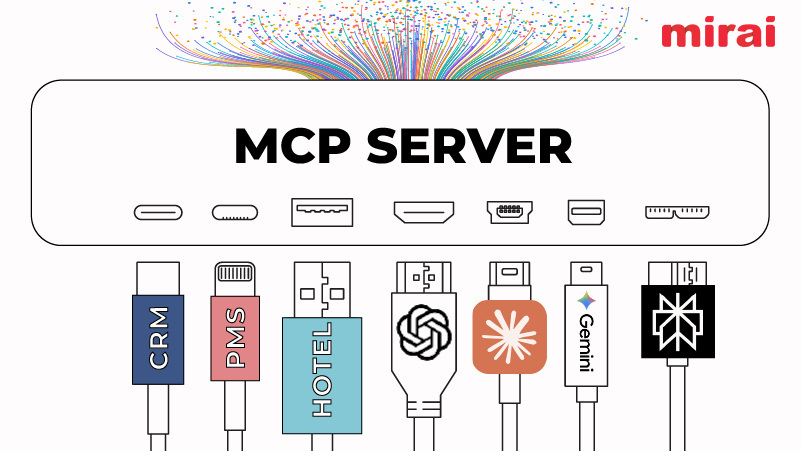With the right tools and strategies, you can master the art of saying “no” to unprofitable business at your property while keeping your revenue growing.
NB: This is an article from RoomPriceGenie, one of our Expert Partners
Subscribe to our weekly newsletter and stay up to date
Let’s dive into how you can forecast demand and make sure every room booking is worth its weight in gold.
Forecasting, Your Hospitality Crystal Ball
Creating a solid forecast is like having a crystal ball for your property’s future. It’s not magic (although it might feel like it); it’s a smart strategy. Here are a few key factors to consider when you want to forecast demand:
Historical Data Analysis
By looking at past performance, you can spot seasonal trends, anticipate demand during local events, and prepare for those quiet Tuesdays that always seem to sneak up on you.
Current Market Analysis
Stay ahead of the game by monitoring market trends. Are your competitors dropping rates during midweek? Are they hiking prices for that annual cheese festival in town? Knowledge is power.
Booking Pace Monitoring
Booking pace tells you what’s happening right now. Analyze how quickly your rooms are filling up and adjust your strategy as needed. Bookings too slow? Maybe a special offer will help. Too fast? Time to up those rates.
Customer Segmentation
Not all guest segments are created equal. Identify which market segments – corporate, leisure, groups, or OTAs – bring the most value. Focus your efforts on these high-performing segments while deprioritizing those with lower profitability.
Use Technology
Using a revenue management system for data analysis and real-time pricing adjustments is like having a revenue Genie on your team. There are no spreadsheets, no stress, just actionable insights that help you stay ahead of the curve.
Want to learn more about using forecast insights to optimize pricing and inventory, improve operational planning, and meet budget targets and exceed them? Read our mini-guide “Hotel Forecasting: How to Plan and Price More Strategically by Predicting Demand.” →
Redirecting Unprofitable Business. Saying “No” Like a Pro
Once your forecast is in place, it’s time to identify and gently (or not-so-gently) nudge unprofitable business out the door. Consider it as Marie Kondo-ing your bookings: if it doesn’t spark profit, let it go.
Identify Low-Yield Channels and Segments
Which channels or rate plans are filling your rooms with little return? High-commission OTAs and deeply discounted group contracts often fall into this category. Assess their profitability and adjust your approach accordingly.
Apply Strategic Sales Restrictions
- MinLOS (Minimum Length of Stay): For high-demand periods, requiring longer stays prevents one-night bookings that limit revenue potential.
- Close low-yield channels: During peak dates, restrict availability on channels with high distribution costs.
- Manage group bookings carefully: Monitor group rates and contracts to ensure they’re not undercutting your revenue goals. If a group deal isn’t profitable, it’s not worth the headache.





